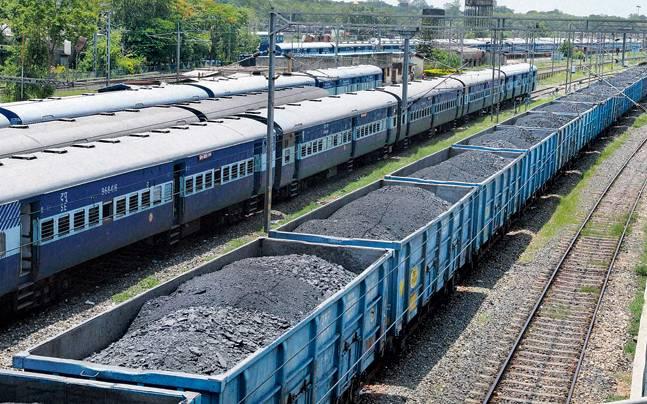Fast Tracks, Slow Progress: Unpacking the Challenges of High-Speed Rail in India
India’s railways, the lifeblood of the nation’s transport system, connect every corner of the country, carrying millions of passengers daily. As global rail systems race towards high-speed connectivit
Fast Tracks, Slow Progress: Unpacking the Challenges of High-Speed Rail in India
Introduction: India’s railways, the lifeblood of the nation’s transport system, connect every corner of the country, carrying millions of passengers daily. As global rail systems race towards high-speed connectivity, India’s ambitions to introduce fast trains on its existing network face a complex set of challenges. While the vision of zipping across states in a matter of hours is alluring, the journey towards achieving high-speed rail in India is fraught with obstacles that go beyond just laying tracks. This article delves into the critical hurdles that stand in the way of transforming India's railway network into a high-speed marvel, exploring the technical, logistical, and financial challenges that must be overcome.
1. Existing Track Infrastructure
The current railway tracks in India were primarily designed to handle moderate speeds, with most sections suitable for speeds between 80-120 km/h. Achieving high-speed travel, typically defined as speeds above 200 km/h, requires specialized tracks that can withstand the stress of high-speed trains. The present tracks suffer from:
- Aging Infrastructure: Many railway tracks are decades old and require extensive upgrading or replacement to handle higher speeds safely.
- Curved Tracks: The existing tracks often have sharp curves, which limit the speed at which trains can travel. Straightening these curves would involve significant land acquisition and engineering challenges.

2. Signaling and Communication Systems
High-speed railways require advanced signaling and communication systems to ensure safety and efficiency. The current signaling system in India, which primarily relies on fixed block signaling, is not suitable for high-speed operations. To achieve high-speed travel, the following upgrades are essential:
- Automatic Train Protection (ATP): Implementing ATP systems that can automatically control train speeds and prevent collisions is crucial for high-speed rail operations.
- Upgraded Communication Networks: High-speed trains require continuous communication between the train and control centers, necessitating modern, reliable communication infrastructure.

3. Mixed Traffic Operations
One of the unique challenges of the Indian Railway network is the coexistence of passenger and freight trains on the same tracks. This mixed traffic operation complicates the introduction of high-speed trains due to:
- Scheduling Conflicts: High-speed trains require dedicated corridors to maintain their speeds, but these are often shared with slower passenger and freight trains, leading to delays and speed restrictions.
- Track Wear and Tear: The wear and tear caused by heavy freight trains can degrade tracks, making them less suitable for high-speed travel.

4. Safety Concerns
Safety is a paramount concern when it comes to high-speed rail travel. The Indian Railways face several safety challenges that must be addressed to ensure safe high-speed operations:
- Level Crossings: The Indian Railway network has numerous level crossings, which pose significant risks for high-speed trains. Eliminating these crossings or replacing them with grade-separated crossings is essential for safety.
- Track Maintenance: High-speed trains require meticulously maintained tracks. The current track maintenance practices need to be upgraded to meet the stringent standards required for high-speed operations.

5. Financial Constraints
Implementing high-speed rail systems requires significant financial investment. The cost of upgrading existing infrastructure, acquiring land, and implementing new technology is substantial. Additionally, the return on investment can be slow, making it a challenging proposition for the Indian Railways, which operates with tight budgetary constraints.

6. Environmental and Social Impact
High-speed rail projects often require extensive land acquisition and can have environmental and social impacts. In a densely populated country like India, acquiring the necessary land for new tracks or upgrading existing ones can lead to displacement of communities and environmental degradation. Balancing development with these concerns is a significant challenge.

Conclusion
While the vision of high-speed passenger trains in India is promising and could revolutionize travel across the country, it is clear that several challenges need to be addressed. From upgrading infrastructure and implementing modern signaling systems to overcoming financial and environmental hurdles, the path to high-speed rail in India is complex and requires a coordinated, multi-faceted approach. With careful planning and investment, however, India can overcome these challenges and usher in a new era of high-speed rail travel.
No comments yet. Login to start a new discussion Start a new discussion